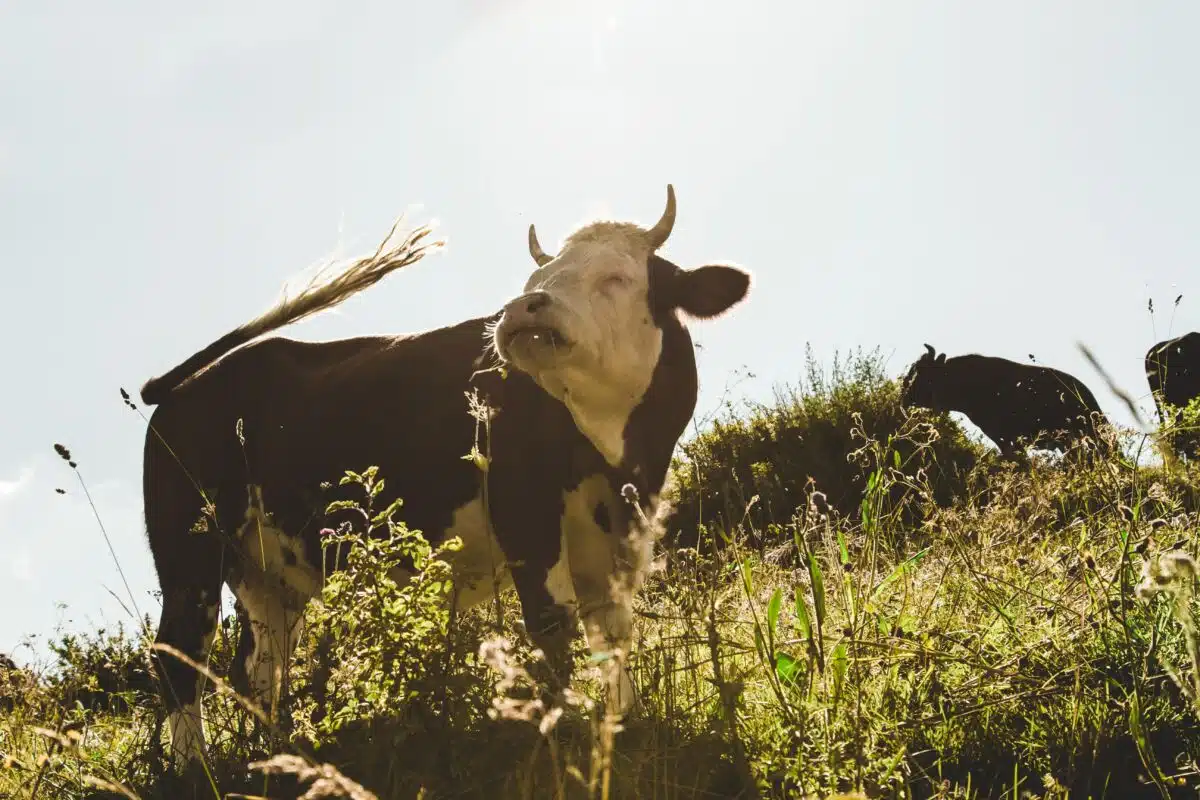
From Faith to Fields: Cultivating Biodiversity through Spiritual Values in Swiss Agriculture
Key Features
Case Study
Many people use religion or a value-based system of beliefs to calibrate their moral compass. This case study explored which religious, cultural, and/or societal drivers are instrumental in forming farmers’ attitudes towards nature and the environment, thus guiding their practices. Methods employed included a photo exhibition, a scenario vignette, and semi-structured interviews. The study took place in Switzerland, a predominantly Christian country, with Catholic and Protestant the dominant doctrines.
Context and Challenge
In Switzerland, Christianity is the dominant religion. Agriculture occupies more than a third of the national territory and plays a significant role in shaping biodiversity. While institutional and economic pressures often dominate farming decisions, personal values – especially those rooted in religion and spirituality – can also influence environmental behaviour. Yet, in European contexts, the relationship between faith and agro-biodiversity hasn’t really been explored.
The PLANET4B project identified this as a unique leverage point. Could religious and spiritual beliefs serve as a catalyst for biodiversity stewardship among farmers? And if so, how might these values be activated and communicated in ways that resonate across communities?
Turning Point – Switzerland Case
The turning point emerged through a photo exhibition. As visitors moved through the images — each one a quiet testament to the spiritual dimensions of farming — they began to see biodiversity not just as a scientific concern, but as a moral one. Invitations followed—from churches, journalists, and community groups — signalling that the conversation had struck a chord. For many attendees, the exhibition was the first time they had considered the link between faith and biodiversity. The act of viewing, reflecting, and responding became a moment of ethical awakening. It was in this space, between image and insight, that the seeds of change were planted.
Transformative Change in Action
The transformation began with a question: how do Swiss farmers connect their spiritual beliefs to the way they care for the land? A researcher conducted interviews with Swiss farmers exploring their thoughts and perspectives about the topic. The researcher invited farmers to share photos or visually demonstrate how their beliefs influenced their farming behaviour and eventually biodiversity. Each image or short video captured a moment where faith met farming – a driving force behind the selection of a specific type of tractor that would eliminate the need for pesticide use, treating farm animals with love and care, and viewing a landscape as sacred and as a gift from God to be cherished rather than destroyed.
These photos became the heart of a travelling exhibition, shown in churches, community centres, and public spaces. Visitors were invited not just to observe, but to reflect. Notes were posted on public boards, conversations sparked, and new connections formed. A message from a former president of a farmers’ association, sent directly to the lead researcher, expressed how vital this topic was for the future of agriculture. A church invited the researcher to present the study during their annual thanksgiving event. Another church was inspired by the exhibition and organised an inter-religious discussion inviting representative speakers from different religions to present on the topic of biodiversity and religion alongside the photo exhibition. The exhibitions were more than displays - they were interventions. Surveys revealed that some attendees had never considered the link between biodiversity and spiritual belief. After viewing the exhibition, they saw that connection clearly. For some, it was a new revelation. For others, it was a validation of long-held but rarely voiced convictions.
The project also reached academic and media audiences. A published article on the theoretical links between religion and environmental behaviour received dozens of reads from countries beyond Europe. A second article, based on farmer interviews, is in preparation. A podcast, news articles, and community media helped extend the conversation, while PLANET4B’s digital platforms amplified the message.
Yet the transformation was not without tension. Some participants expressed concern that linking biodiversity too closely with religion might alienate those with different beliefs or none at all. Others pointed to the diminishing role of religious institutions in public life. Economic pressures also surfaced as a major barrier — farmers often lacked the time, resources, or financial stability to act on their spiritual values.
Still, the project planted seeds. It opened space for dialogue, for ethical reflection, and for imagining new pathways where faith and ecology walk hand-in-hand.
Alignment with PLANET4B Goals
This story reflects PLANET4B’s core objectives:
- Intersectionality: It explores how religious and spiritual identity intersects with farming behaviour and environmental ethics.
- Behavioural and Institutional Change: The project targets mindset-level transformation, aiming to shift values that underpin biodiversity decisions.
- Participatory and Creative Methods: Photo exhibitions, a visionary vignette during interviews, and community engagement served as tools for reflection and dialogue.
- Leverage Points: By focusing on values and belief systems, the project engages one of the deepest levels of change identified in leverage point theory.
Outcomes and Vision
The vision is of faith communities embracing environmental care as a spiritual duty. Churches, mosques, temples, and other spaces of worship become hubs for biodiversity awareness and action. Farmers see their land not just as a resource, but as a sacred trust. Spiritual groups organise forest walks, children’s gardens, and seasonal rituals that honour the Earth.
This transformation extends beyond religion. It invites all communities to reflect ethically on their relationship with nature, regardless of religious affiliation.
Lessons for Broader Application
- Value-based framing can deepen engagement with biodiversity.
- Creative methods like photo exhibitions can trigger reflection and dialogue both for those who contribute to their creation and those who view them.
- Faith communities are powerful but underutilised allies in environmental work.
- Economic pressures must be acknowledged and addressed to enable value-driven behaviour.
- Inclusivity requires careful framing to avoid alienating non-religious or differently religious audiences.



